Process of Repairing Steam Fans in District 7
Repairing steam fans can be a complex task that requires specialized knowledge and skills. In District 7, where industrial activities abound, ensuring the efficient operation of steam fans is vital for maintaining productivity. These fans play a critical role in various processes, providing ventilation, temperature control, and dust extraction, among other functions. This article will explore the process of repairing steam fans, focusing on the steps involved, essential considerations, and best practices. Whether you are a technician, an engineer, or simply curious about this intricate process, this guide will offer valuable insights into the world of steam fan repair.

See more: điện lạnh quận 7
Understanding Steam Fans
In order to effectively repair steam fans, one must first understand their functionality and components. This section will delve into the principles of operation, types of steam fans, and the specific role they play in various industrial settings.
The Functionality of Steam Fans
Steam fans operate by circulating steam through a system, often used for heating or humidification purposes.
They generally consist of a rotating blade mechanism that moves air across a heating element.
The primary purpose is twofold: enhancing air movement and optimizing temperature control.
In many operations, these fans are crucial for maintaining a stable environment, especially in manufacturing plants and laboratories.
Types of Steam Fans
There are various types of steam fans, each with unique designs and applications.
The axial fan is commonly used due to its ability to move large volumes of air with low resistance.
Centrifugal fans, on the other hand, are ideal for generating high pressure and moving air through duct systems.
Understanding these differences is essential for selecting the appropriate fan for repair or replacement tasks.
Role in Industrial Processes
In District 7, steam fans serve multiple roles across different industries.
In food processing, they help regulate temperatures during cooking and drying processes.
In textiles, they contribute to humidity control, ensuring quality fabric production.
Recognizing the impact of steam fans on overall operations can emphasize the importance of timely repairs.
Identifying Common Issues

See more: điện lạnh TPHCM
Before embarking on the repair process, technicians must identify common issues that affect steam fans. This section will outline typical problems encountered during operation, signs of malfunction, and how to assess these challenges effectively.
Signs of Malfunction
The initial step in diagnosing a steam fan issue is recognizing the signs of malfunction.
Unusual noises, such as grinding or rattling, can indicate mechanical issues or loose parts.
Decreased airflow is another significant sign, often resulting from blockages or motor failure.
Being aware of these symptoms can lead to early intervention, preventing more severe damage.
Assessing Mechanical Problems
Once signs of malfunction have been identified, it is important to assess potential mechanical problems.
Begin by inspecting the blades for any bends, cracks, or obstructions that may hinder performance.
Next, examine the bearings and motor for wear and tear, which could cause increased friction and overheating.
A thorough assessment allows technicians to develop a targeted repair strategy.
Electrical Issues
In addition to mechanical problems, electrical issues can also impair the function of steam fans.
Anomalies in power supply, such as voltage fluctuations, can affect motor performance and lifespan.
Regular checks of electrical connections, circuit boards, and fuses can help to identify potential failures before they escalate.
Through diligent assessments, one can ensure the reliability of steam fan operations.
Repair Techniques
With the identification of issues complete, the actual repair process can begin. This section will provide an overview of various techniques employed in steam fan repairs, including mechanical adjustments, electrical fixes, and part replacements.
Mechanical Adjustments
Mechanical adjustments are foundational in the repair of steam fans.
If blade alignment is off, it can lead to inefficient airflow and excess noise.
To correct this, technicians can carefully realign the blades and tighten any loose screws or fittings.
Additionally, lubricating bearings can reduce friction and enhance the fan’s performance.
Electrical Fixes
Addressing electrical issues is equally essential in the repair process.
Start by disconnecting power to eliminate any risk of electric shock.
Inspect wiring for corrosion or damage, replacing any faulty connections as necessary.
For motors, testing for proper voltage levels and examining circuit boards can help pinpoint electrical failures.
Implementing these measures ensures the fan operates optimally once reassembled.
Part Replacements
In some cases, repairs may necessitate the replacement of specific components.
Commonly replaced parts include blades, motors, and bearings—items that experience frequent wear.
Sourcing high-quality replacements is crucial to maintain operational efficiency.
When integrating new parts, it’s important to adhere to manufacturer specifications for compatibility.
Best Practices for Maintenance
Preventative maintenance is key to prolonging the life of steam fans and minimizing repair frequency. This section will explore best practices for maintaining steam fans, offering guidance on routine inspections, cleaning, and documentation.
Routine Inspections
Conducting routine inspections is critical for identifying potential issues before they escalate.
Technicians should develop a schedule for checking mechanical and electrical components regularly.
During these inspections, look for unusual sounds, vibrations, or changes in airflow.
Documenting findings can aid in tracking performance trends and determining if repairs are needed.
Cleaning Protocols
Keeping steam fans clean is another essential aspect of maintenance.
Dust and debris can accumulate over time, causing blockages and diminishing airflow.
Establishing a cleaning protocol that includes wiping down blades and checking ducts can prevent buildup.
Regular cleaning not only enhances performance but also improves air quality within the facility.
Documentation and Record Keeping
Maintaining thorough records of repairs and maintenance procedures is vital for effective steam fan management.
Proper documentation allows technicians to track service history and identify recurring issues.
These records can also assist in budgeting for repairs and making informed decisions about replacements.
By establishing robust documentation practices, facilities can ensure long-term efficiency and cost-effectiveness.
FAQs
What are the most common issues with steam fans?
Common issues include unusual noises, decreased airflow, and electrical malfunctions. Regular inspections can help identify these problems early.
How often should steam fans be maintained?
Routine maintenance should occur at least once every few months, with thorough inspections conducted annually or more frequently based on usage.
Can I perform repairs on steam fans myself?
While some minor repairs can be DIY, complex issues often require professional expertise. It’s essential to prioritize safety and consult a technician when unsure.
How do I know when to replace a steam fan?
If a fan frequently requires repairs, experiences significant performance declines, or has outdated components, it may be more cost-effective to replace it.
What are the benefits of regular maintenance?
Regular maintenance enhances performance, extends the lifespan of the equipment, reduces energy consumption, and prevents costly breakdowns.
Conclusion
Understanding the process of repairing steam fans in District 7 involves grasping their functionality, identifying common issues, employing effective repair techniques, and implementing best maintenance practices. By prioritizing repairs and preventative care, industries can optimize the performance of steam fans, ensuring efficient operations and reducing downtime. As technology advances, staying informed about the latest repair methods, tools, and practices becomes increasingly essential for technicians. Ultimately, investing in the repair and maintenance of steam fans will yield significant returns in productivity, safety, and cost-efficiency.


